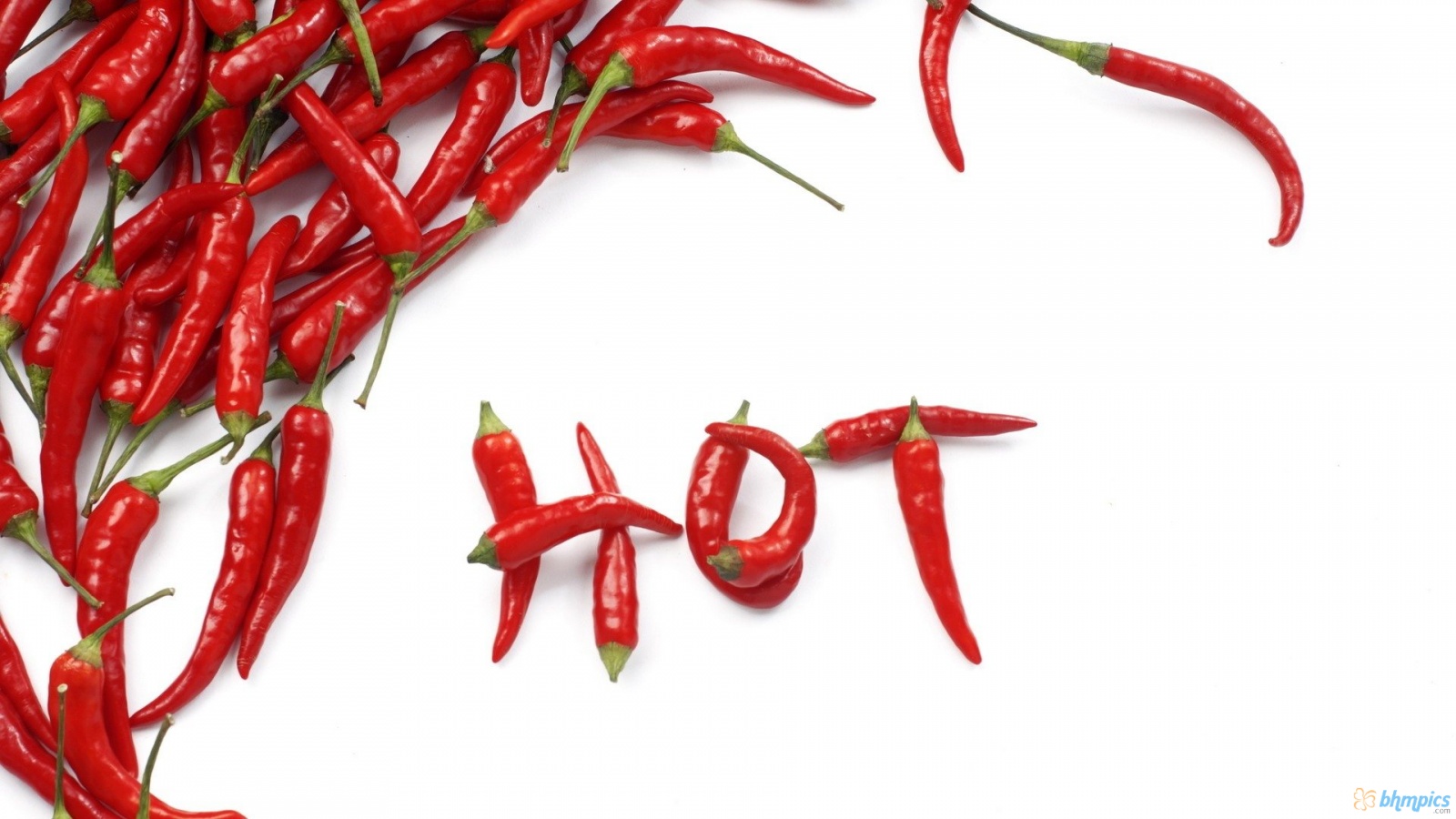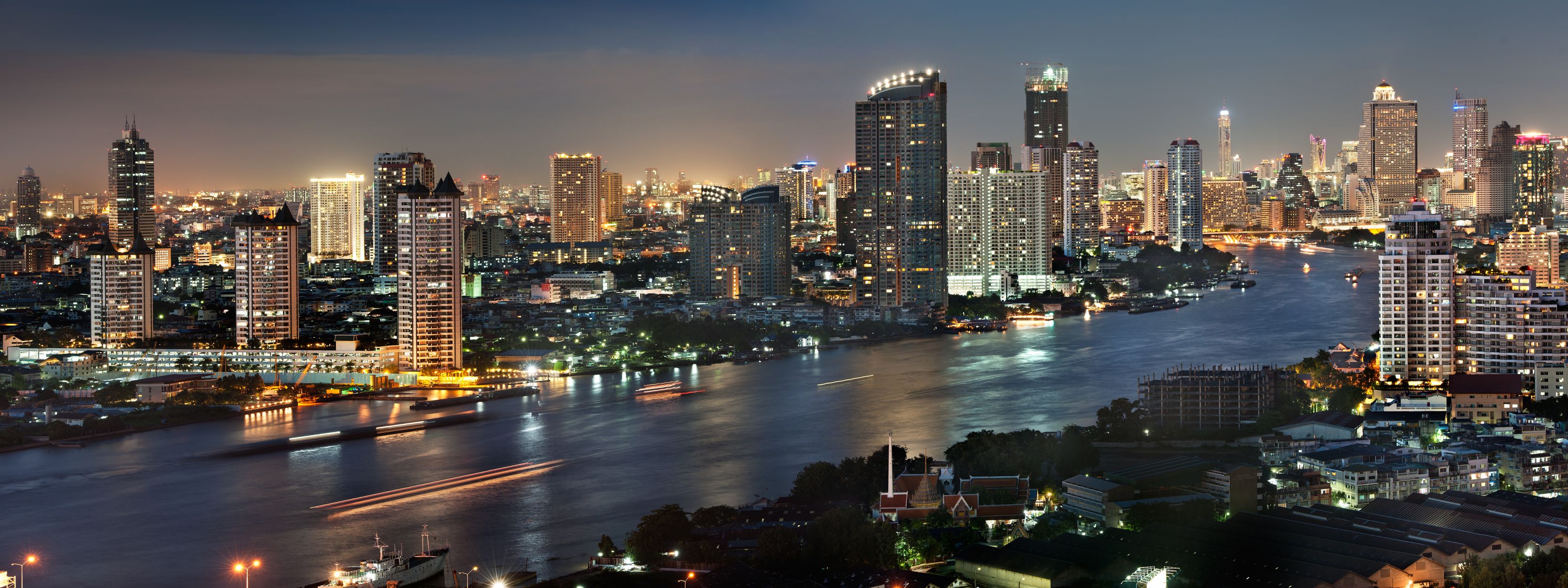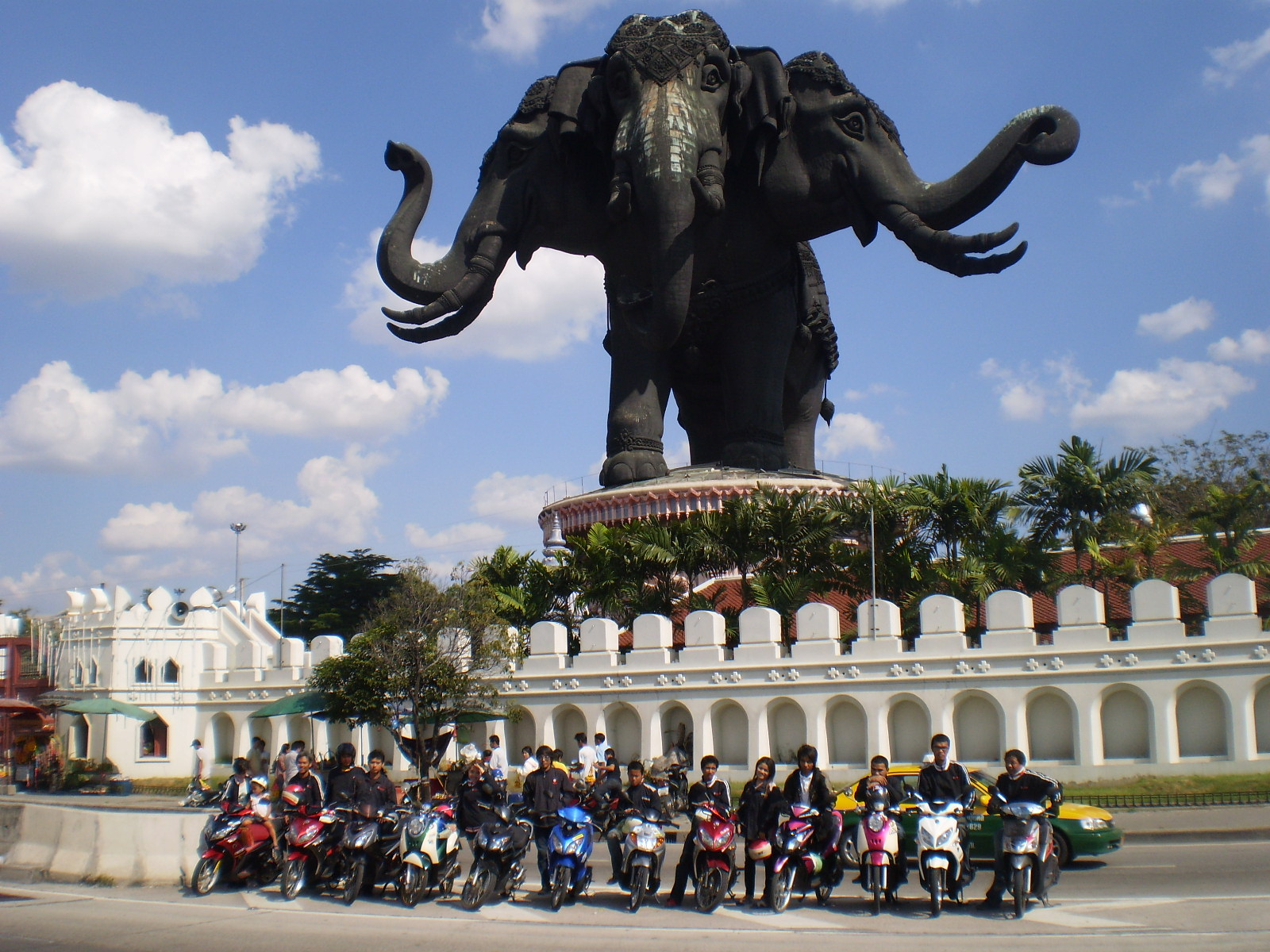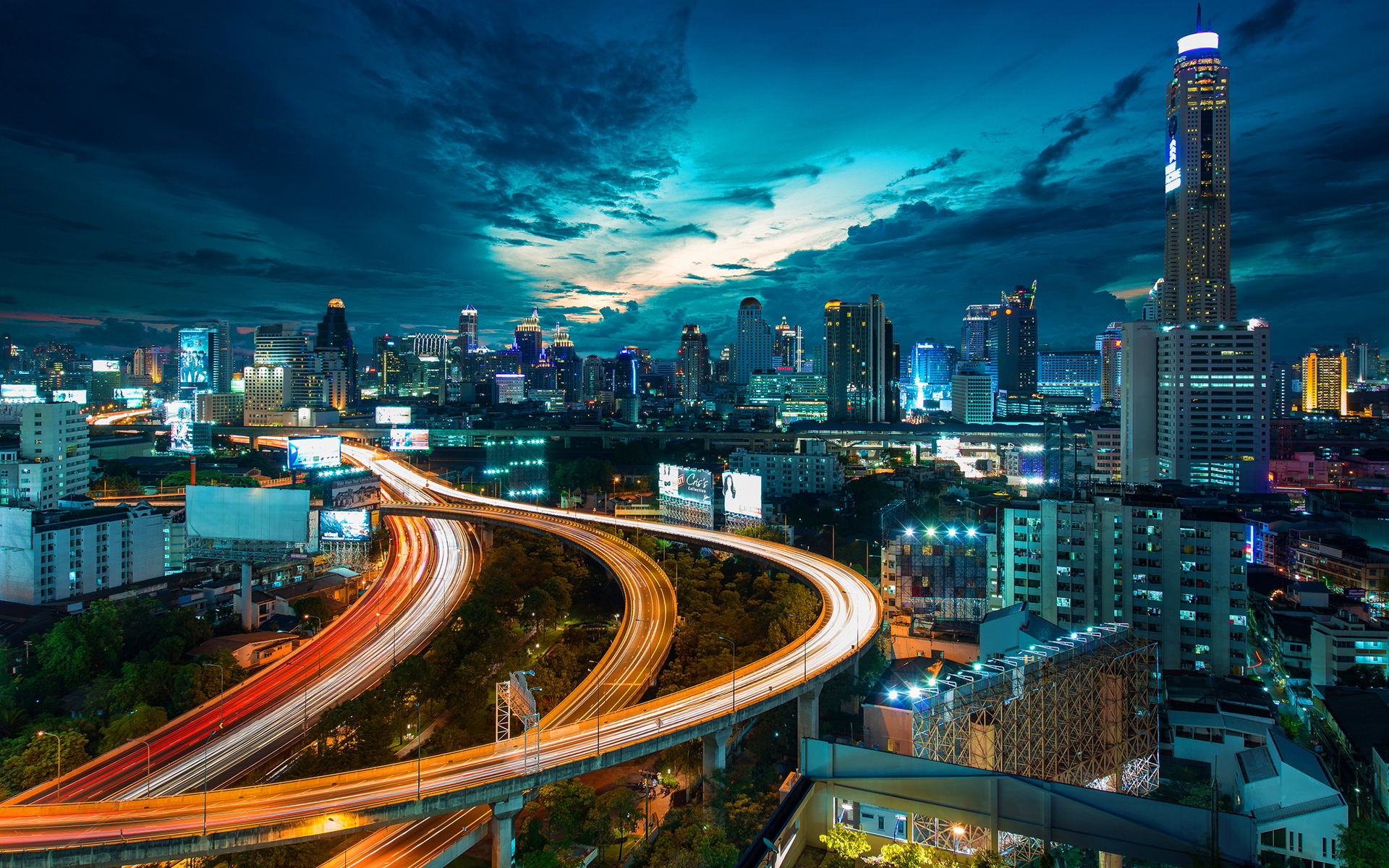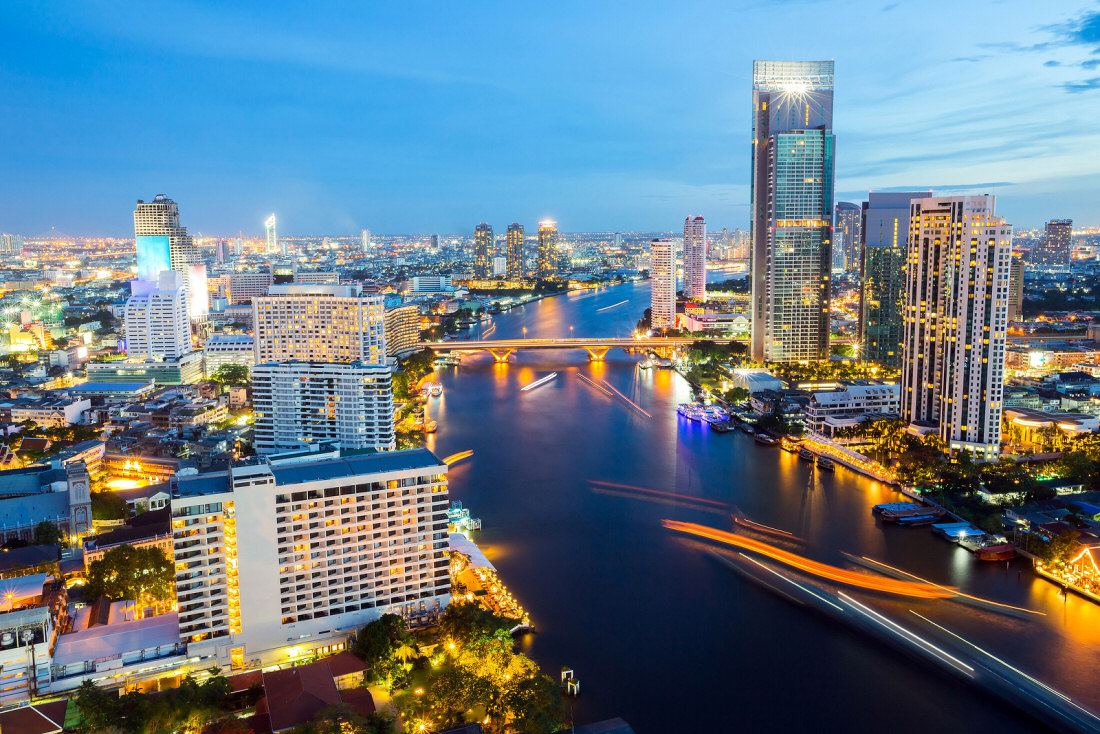I uncover some really cool facts about chillies.
Surprisingly, chillies were not known in South-east Asia – home to many of the world’s hottest cuisines – until the New World was discovered. The Spanish introduced them to Europe in 1514, and the Portuguese introduced them to India and South-east Asia almost 100 years later.
Natives of Mexico, Brazil and Peru used to drink chocolate spiced with chili, and colored red with annatto (a food coloring derived from the lipstick tree) which made their mouths red and bloody-looking.
Tabasco sauce, the popular chili sauce from Louisiana, USA, is named after a small, thin member of the capsicum frutecens family.
The Mexican Rd Saviana Habanero was long considered the hottest chili, with its heat measuring 350.000 to 580.000 Scoville units (Tabasco sauce is at almost 50.000 Scoville units), but scientists are now saying that the Naga Jolokia, from north-east Assam in India, is the hottest chili on earth, measuring 855.000 Scoville unites!
People living nearer the equator seem to prefer hotter foods than those further away.
In South-east Asia, the smaller the chili, the hotter it is. Among the hottest is chili padi, sometimes called bird’s eye chili, used generously in Thai cuisine.
In Malaysia and Indonesia, local chillies are either large (called cabai or lombok) or small (cabai rawit). They are used in cooking or served raw and sliced, and sometimes pickled, as a side dish to perk up a meal.
Sambal, a relish made with ground chilli, is used plentiful in Asia. There are many varieties of sambal, from the basic to those which include ingredients such as anchovies, shrimp, tamarind and vinegar. These are either used to cook spicy dishes, or served as side dishes and dips.

